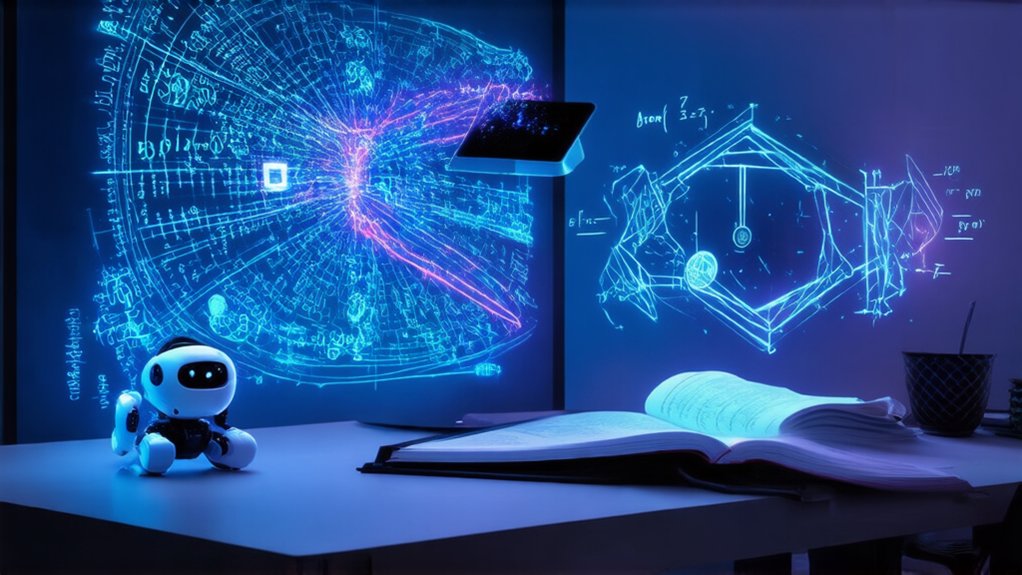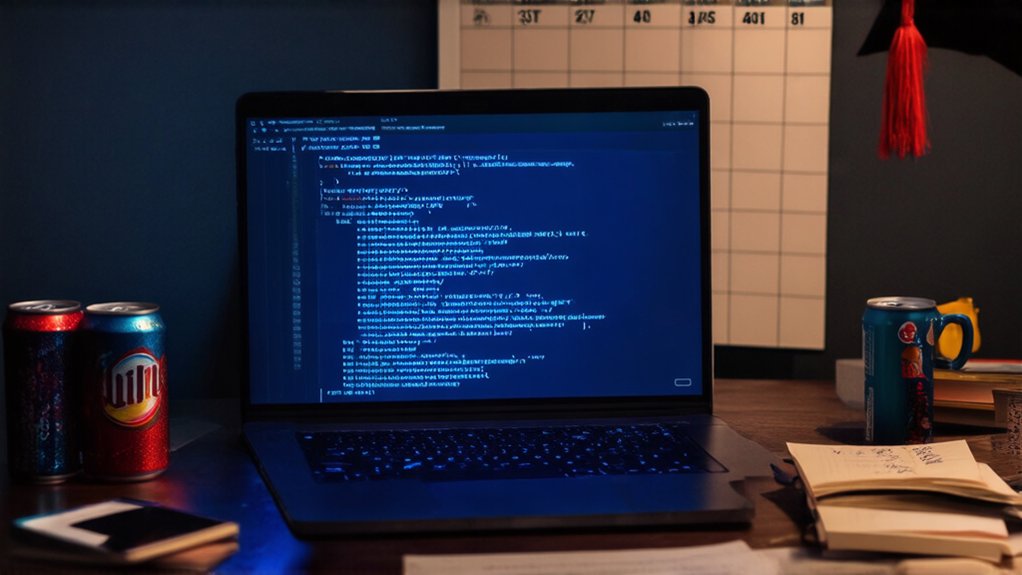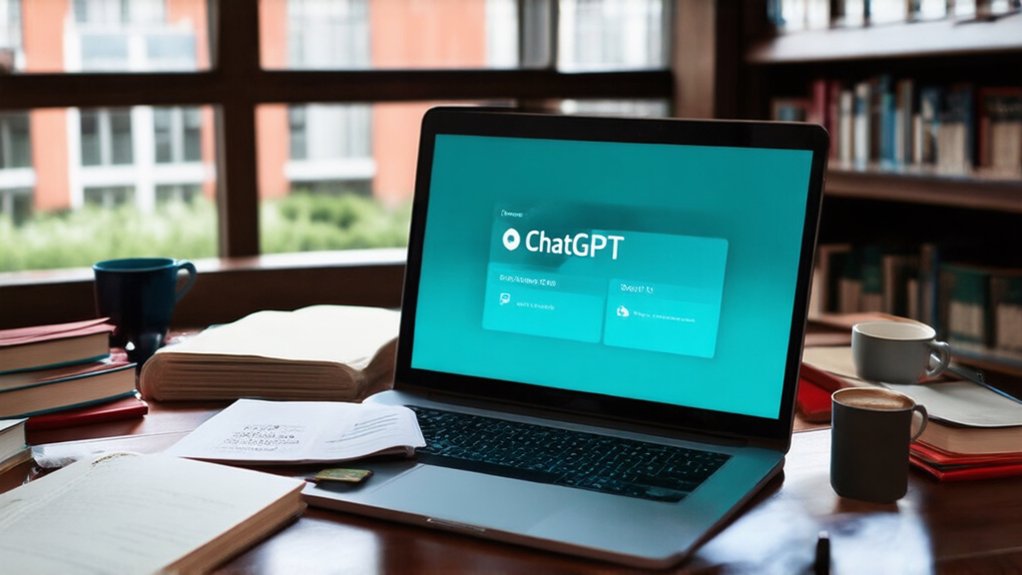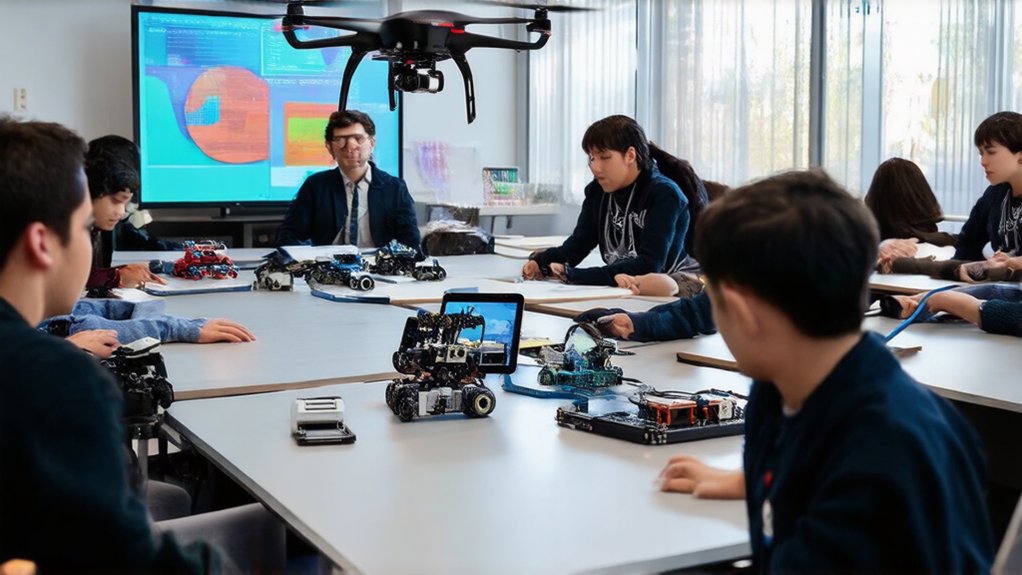In today’s fast-paced world, how is AI stepping up as the ultimate tutor for physics and math? It’s revolutionizing education by tailoring lessons to each student’s quirks. AI algorithms craft personalized learning paths, evaluating strengths and weaknesses to adapt on the fly. No more one-size-fits-none classes. Students grasp concepts faster, turning confusion into “aha” moments. For instance, platforms like Symbolab provide personalized learning recommendations based on user results to further enhance engagement.
Take immediate feedback, for instance. AI systems spot mistakes in real time, offering corrections that keep learners on track. It’s like having a no-nonsense coach in your pocket, saying, “Nope, try again.” This boosts engagement through interactive simulations and virtual labs—think gamified physics experiments that make abstract ideas pop. The systems implement data cleaning techniques to ensure accurate feedback and optimal performance.
AI spots mistakes in real time, like a no-nonsense coach in your pocket, boosting engagement with gamified physics experiments that make ideas pop.
Oh, sure, flipping through textbooks is thrilling, but who wouldn’t prefer blasting virtual particles? Studies show students feel more motivated, ditching boredom for excitement.
Then there’s the sheer availability. AI tutors work 24/7, no vacations or excuses. For kids in remote spots or overcrowded schools, this means learning anytime, anywhere. Research from Harvard even proves it: students using AI for physics doubled their gains. Yeah, double—that’s not hype.
How does it all work? Intelligent tutoring systems provide step-by-step guidance, breaking down math problems like a patient friend. Adaptive platforms tweak difficulty based on performance, targeting weak spots without mercy.
And tools like LearnFast AI or Photomath scan equations, delivering detailed explanations. Khanmigo chats like a sassy sidekick, fostering critical thinking. Physics Wallah scales tutoring for exams, making complex topics click.
Sure, it’s not magic, but AI’s irreverent edge—think of it as education with a wink—ignites passion. Moreover, AI integration equips students with necessary technological skills, preparing them for a tech-driven future and future careers. Students aren’t just studying; they’re conquering physics and math, one blunt correction at a time. The result? Brighter eyes, sharper minds, and a genuine love for the subjects. Who knew machines could be so inspiring?




